List of CGBSE Chemistry Practicals for Classes XI & XII
The Chhattisgarh Board of Secondary Education, or CGBSE in short, controls the intermediate level of education in the state of Chhattisgarh. You can find the Chhattisgarh board official website right here: https://cgbse.nic.in . They have built up quite a good practical curriculum, and therefore we are presenting the CGBSE chemistry practical syllabus in this article.
The state of Chhattisgarh is relatively new in the country, and so they had little time to prepare all their educational infrastructure from scratch. That being said, they have done a remarkably good job of it! Chemistry is among the more difficult subjects to digest, yet they have configured the curriculum in such a way that it is well-paced out and with achievable milestones.
The CGBSE high school level is very important for Chhattisgarh students, who are at this point at a transitional phase in their career. Journeying from general education to precise specializations, students need to acquire some very specific skills in this phase. The CGBSE curriculum helps the students to achieve just that.
The syllabus is quite detailed and covers all the skills a higher secondary level student should acquire by the end of class 11 12. This is quite a long syllabus, and for many reasons many schools do not choose to complete it. But if you are looking to pursue a career in the line of chemistry or technology, then you will need all the skills out of this set of experiments and observations. Naturally, this list comes very handy in this case, to chalk out which practicals you have finished and which not.

CGBSE Chemistry Practical Syllabus for Class 11
Experiments
- Basic Laboratory Techniques
- Cutting glass tubes and glass rods
- Bending of a glass tube
- Drawing out a glass jet
- Boring a cork
- Purification and characterization of some chemical substances
- Determining the melting point of an organic compound
- Determining the boiling point of an organic compound
- Crystallization of impure samples of the following substances:
- Alum
- Copper Sulphate
- Benzoic Acid
- PH and pH change related experiments
- Determining the pH of a given solution among the following with indicator paper or solution:
- Fruit juices
- Acids of various concentrations
- Bases of various concentrations
- Salts of various concentrations
- Comparing the pH levels of the different acids in the same concentrations.
- Studying the change in pH in the titration of a given strong base solution using an universal indicator.
- Study of pH change of weak acids and bases by act of the common ion effect.
- Determining the pH of a given solution among the following with indicator paper or solution:
- Studying and understanding chemical equilibrium
- Study the shift in the equilibrium when changing the concentration of the following positive and negative ions from the following sets:
- ferric and thiocyanate ions
- Cobaltous and chloride ions
- Study the shift in the equilibrium when changing the concentration of the following positive and negative ions from the following sets:
- Quantitative analysis and estimation
- Practice using a chemical balance.
- Preparing oxalic acid standard solution.
- Using a standard solution of oxalic acid to titrate a given solution of sodium hydroxide and thereby determining the strength of the latter.
- Preparing sodium carbonate standard solution.
- Using a standard solution of sodium carbonate to titrate a given solution of hydrochloric acid and thereby determining the strength of the latter.
- Qualitative analysis and estimation
- Finding out the positive and negative ions in a given water-soluble salt. The following cations and anions are included in the test:
- Cations of: lead, copper, arsenic, aluminum, ferric, manganese, nickel, zinc, cobalt, calcium, strontium, barium, magnesium, ammonium
- Anions: carbonate, sulphide, sulphite, sulphate, nitrite, nitrate, chloride, bromide, iodide, phosphate, chromate, acetate
Projects
Students will also have to complete a project and make a report on that. This would include sample collection, laboratory testing, and information collection from various sources, worth 10 periods of work. Some of the projects that the Chhattisgarh board suggests are as follows.
- Take drinking water samples from various sources and check for bacterial contamination in them by testing for sulphide ions.
- Observe how water purification is done in various methods.
- Take various samples of drinking water from different sources, and check for the following: hardness, presence of iron, fluoride, chloride, etc. Figure out why the results are coming that way.
- Study how the foaming capacity of various soaps change with the ingredients, and observe the effect of adding sodium carbonate on them.
- Test out the acidity (pH levels) of extracts of different types of tea leaves.
- Observe the evaporation rates of different kinds of liquids.
- Interpret how acids and bases affect the tensile strength of fibers.
- Analyze the pH levels of different fruit juices and vegetables.
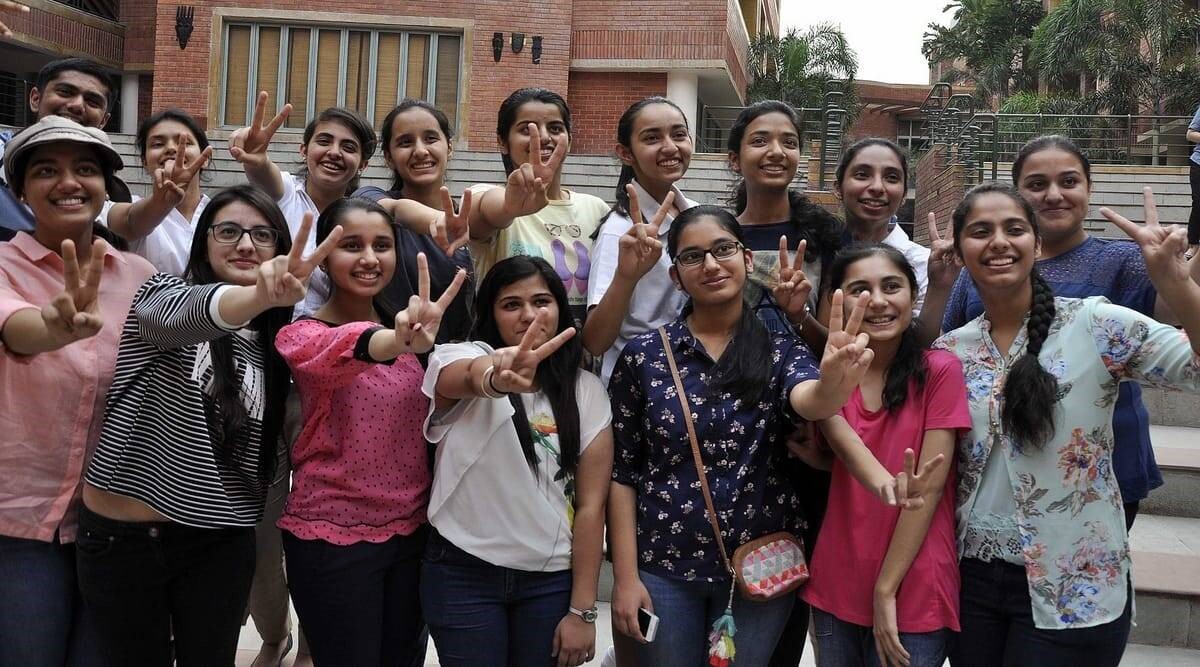
CGBSE Chemistry Practical Syllabus for Class 12
Experiments
- Surface Chemistry
- Prepare solutions of lyophilic and lyophobic substances from the following list:
- Lyophilic material: starch, egg albumin, gum
- Lyophobic material: aluminum hydroxide, ferric hydroxide, arsenious sulphide
- Perform dialysis on the solutions prepared above.
- Observe how emulsifying agents stabilize emulsions of different oils.
- Prepare solutions of lyophilic and lyophobic substances from the following list:
- Chemical Kinetics
- Observe the reaction between sodium thiosulphate and hydrochloric acid, and note how temperature and concentration change the rate of the reaction.
- Study the reaction rates of the following interactions:
- Different concentrations of iodide ions reacting to hydrogen peroxide (at same temperature).
- Clock reaction: use starch solution as an indicator in the reaction between potassium iodate and sodium sulphite.
- Thermochemistry
- Study the enthalpy of dissolution of copper sulphate or potassium nitrate.
- Observe the enthalpy of neutralization of strong acids and strong bases (HCl and NaOH should suffice).
- Figure out the change in enthalpy while hydrogen bonds form during the reaction between acetone and chloroform.
- Electrochemistry
- Study how the cell potential changes when you change the concentration of electrolytes (Copper sulphate or zinc sulphate) in a cell.
- Chromatography
- Paper chromatography experiment: determine Rf values by separating pigments from leaf or flower extract.
- Separate different constituents (of largely different Rf values) of an inorganic mixture with two cations.
- Preparing Inorganic Compounds
- Ferrous Ammonium Sulphate
- Potash Alum
- Potassium Ferric Oxalate
- Preparing Organic Compounds
- Acetanilide
- Di-benzal Acetone
- p-Nitroacetanilide
- Aniline yellow
- Identification of Functional Groups
- Unsaturation, alcoholic, phenolic, aldehydic, ketonic, carboxylic and amino (Primary) groups.
- Food Tests
- Test for the presence of carbohydrates, fats, and proteins in pure samples and foodstuffs.
- Molarity test
- Determine the concentration or molarity of a given potassium permanganate solution by titration. Prepare and use standard solutions of the following titrating agents:
- Oxalic acid
- Ferrous ammonium sulphate
- Determine the concentration or molarity of a given potassium permanganate solution by titration. Prepare and use standard solutions of the following titrating agents:
- Qualitative Analysis
- (This part is continuous between classes 11 and 12, the same list of cations and anions will go in both classes. You have to divide time accordingly.)
Project Work
- Same as before, the students will need to complete some project work on their own, which may come from one of the following. You can choose any other project that requires 10 periods of work, with the permission of the responsible faculty.
- Observe how oxalate ions are present in guava at different ripeness.
- Observe the amount of casein present in different types of milk.
- Prepare soya milk, and compare its properties with natural milk (effect of temperature, curd formation, etc.)
- What happens when we use potassium bisulphate as a preservative in different foods with respect to temperature, concentration, time of freshness, etc.
- Study how your salivary amylase can digest starch, with respect to pH value and temperature.
- Fermentation: how it works in different materials ‒ carrot juice, potato juice, wheat flour, gram flour.
- Extract the essential oils present in aniseed, cardamom, and carom.
- Examine what food adulterants are commonly present in fat, oil, butter, sugar, turmeric powder, chili powder, and pepper.
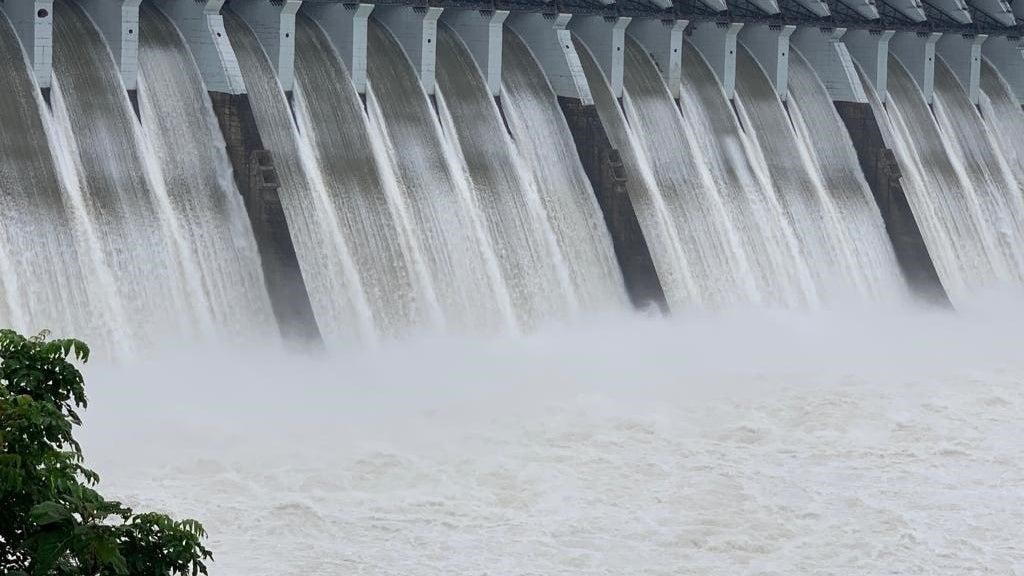
How to Perform Chhattisgarh Board Chemistry Practicals
While the above CGBSE chemistry practical syllabus may look large and detailed, it is not hard to complete. All you need is a good wet lab furniture setup in an ample, well-lit space, and Labkafe’s CGBSE Chemistry Lab Package. This lab equipment package is configured to provide all the lab apparatus, equipment, support items and consumables needed to perform all the experiments and observations given above.
What’s more, this lab package is customized to be an affiliation package for the CGBSE board. Meaning, if you are building up your school to get affiliated to the Chhattisgarh board, then you can use this ready-made package (suitable for 30 students) to get that easily. Cherry on top, the package is also highly customizable, so you can edit it to your heart’s content.
Students studying under the CGBSE chemistry practical syllabus can find all the information they want about the board exam and its syllabus on the official website of the Chhattisgarh board . The website is full of information, relevant links, announcements, and circulars. It is useful for both students and teachers.

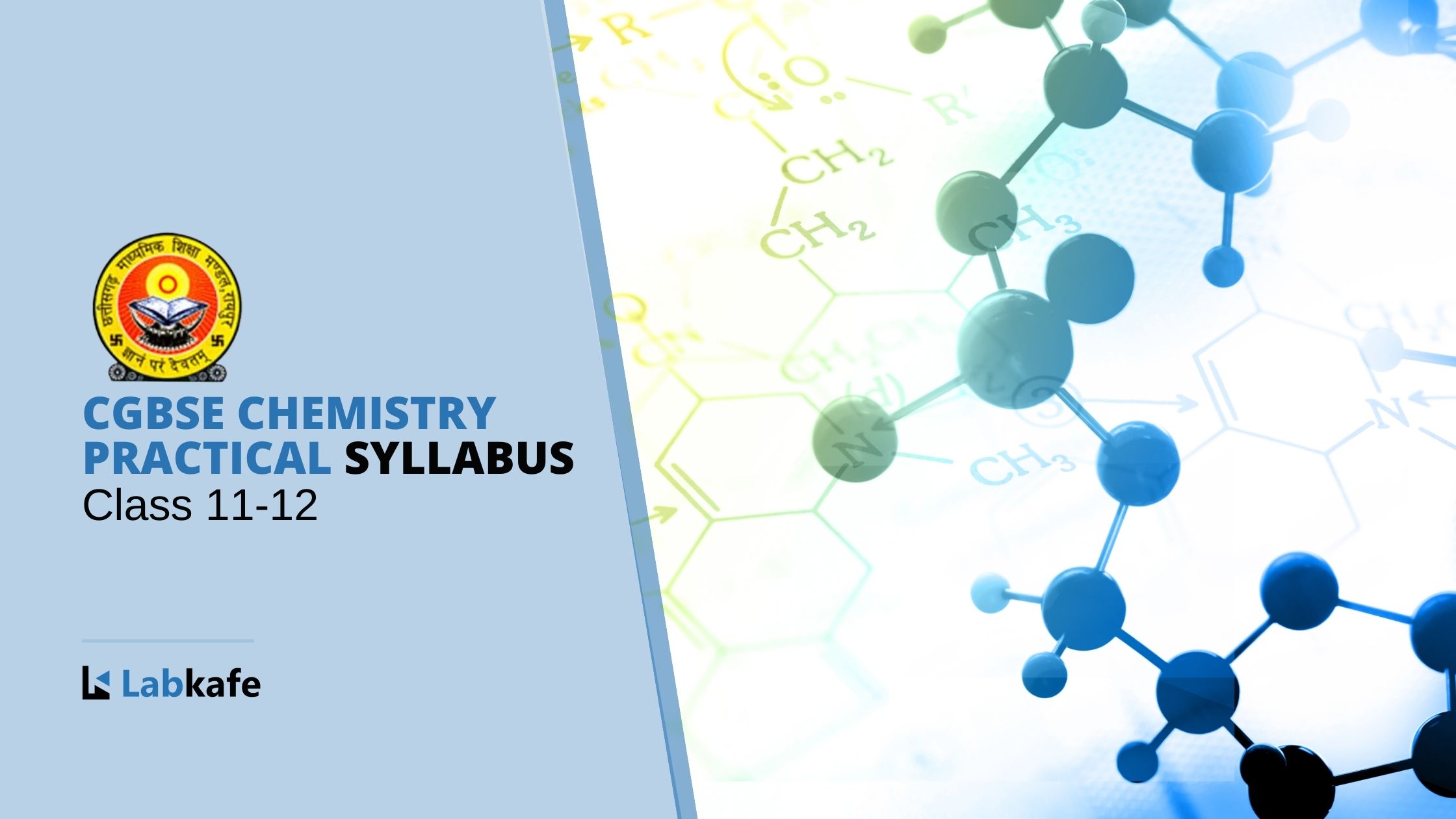
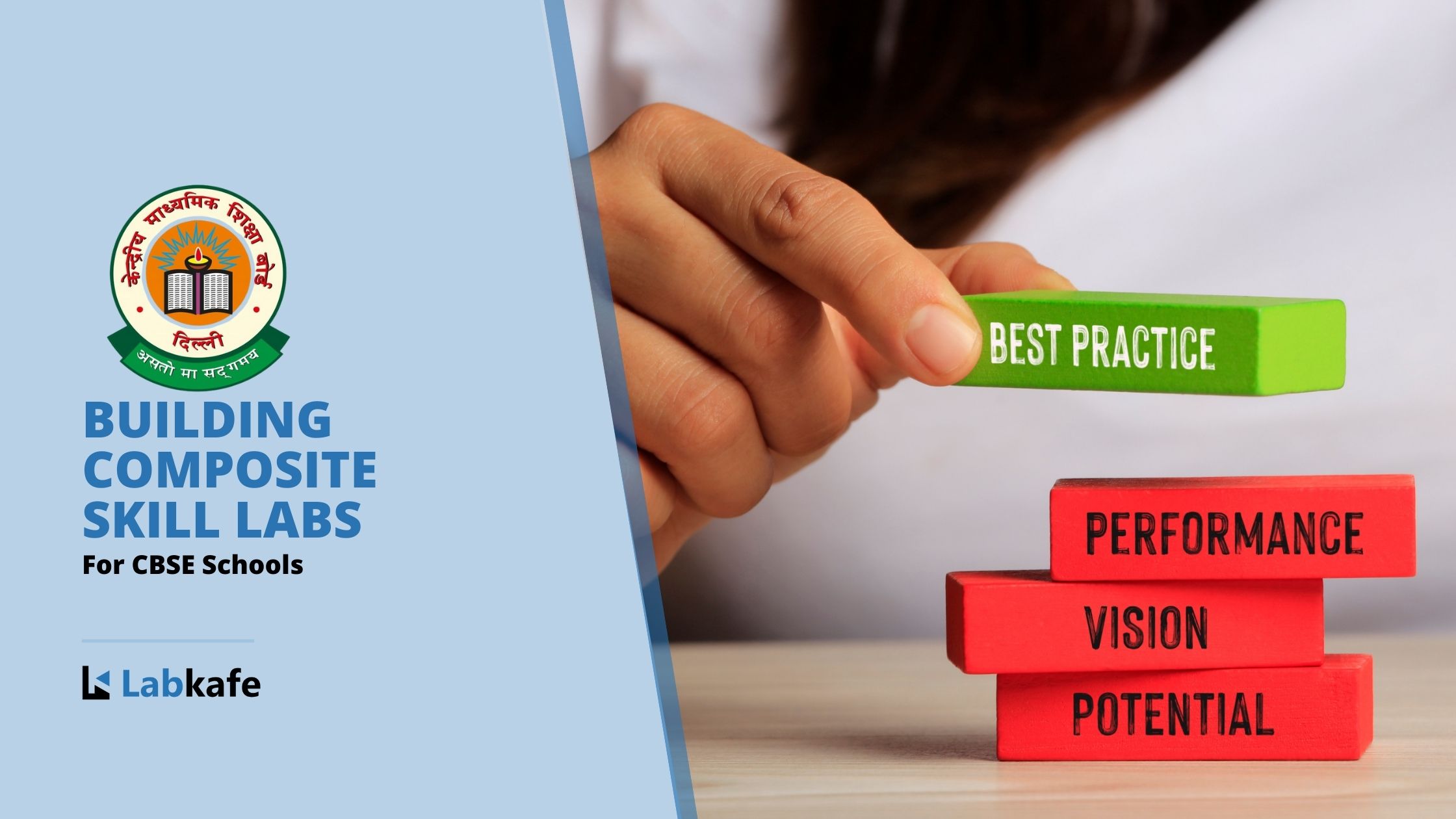
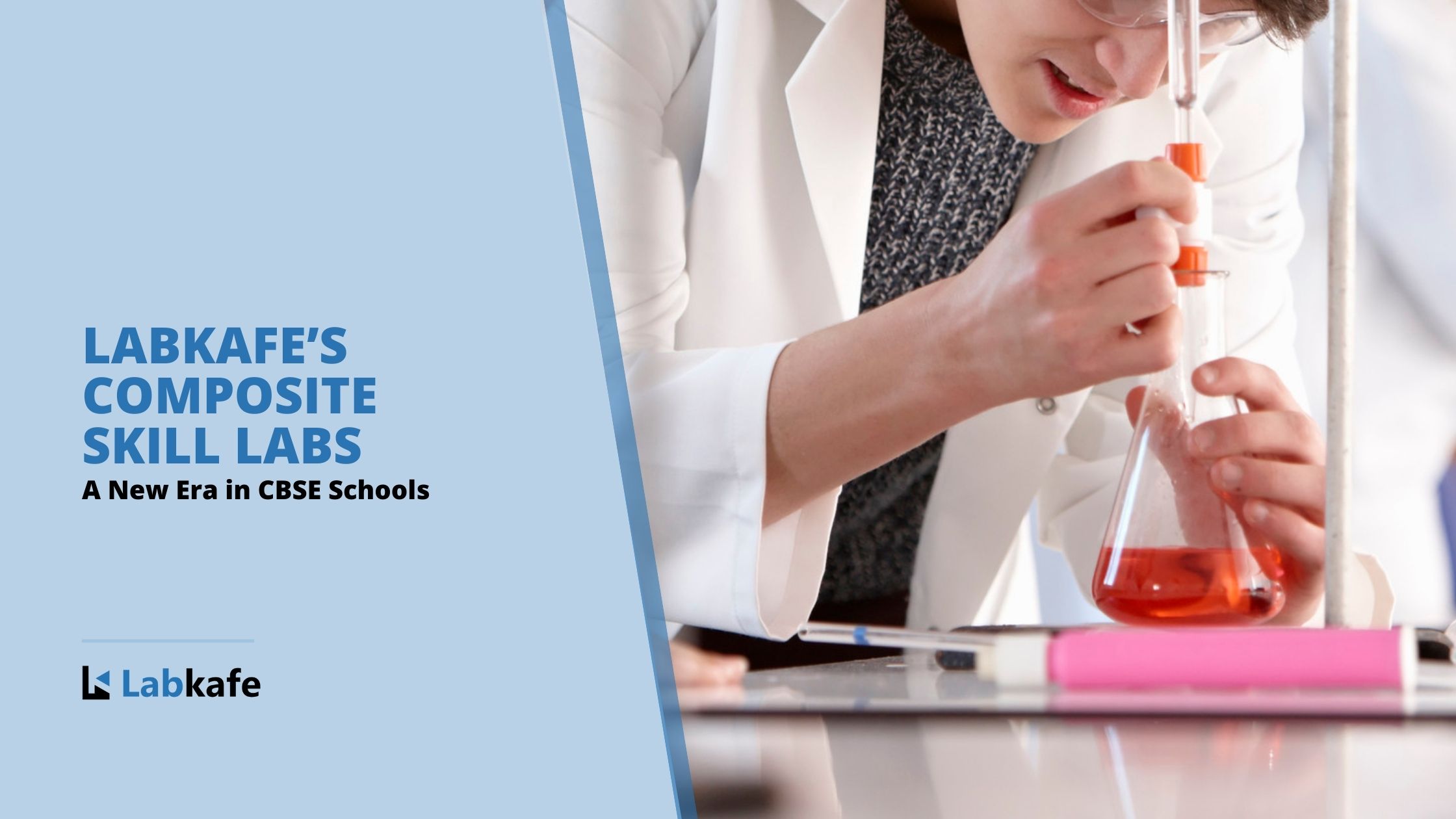
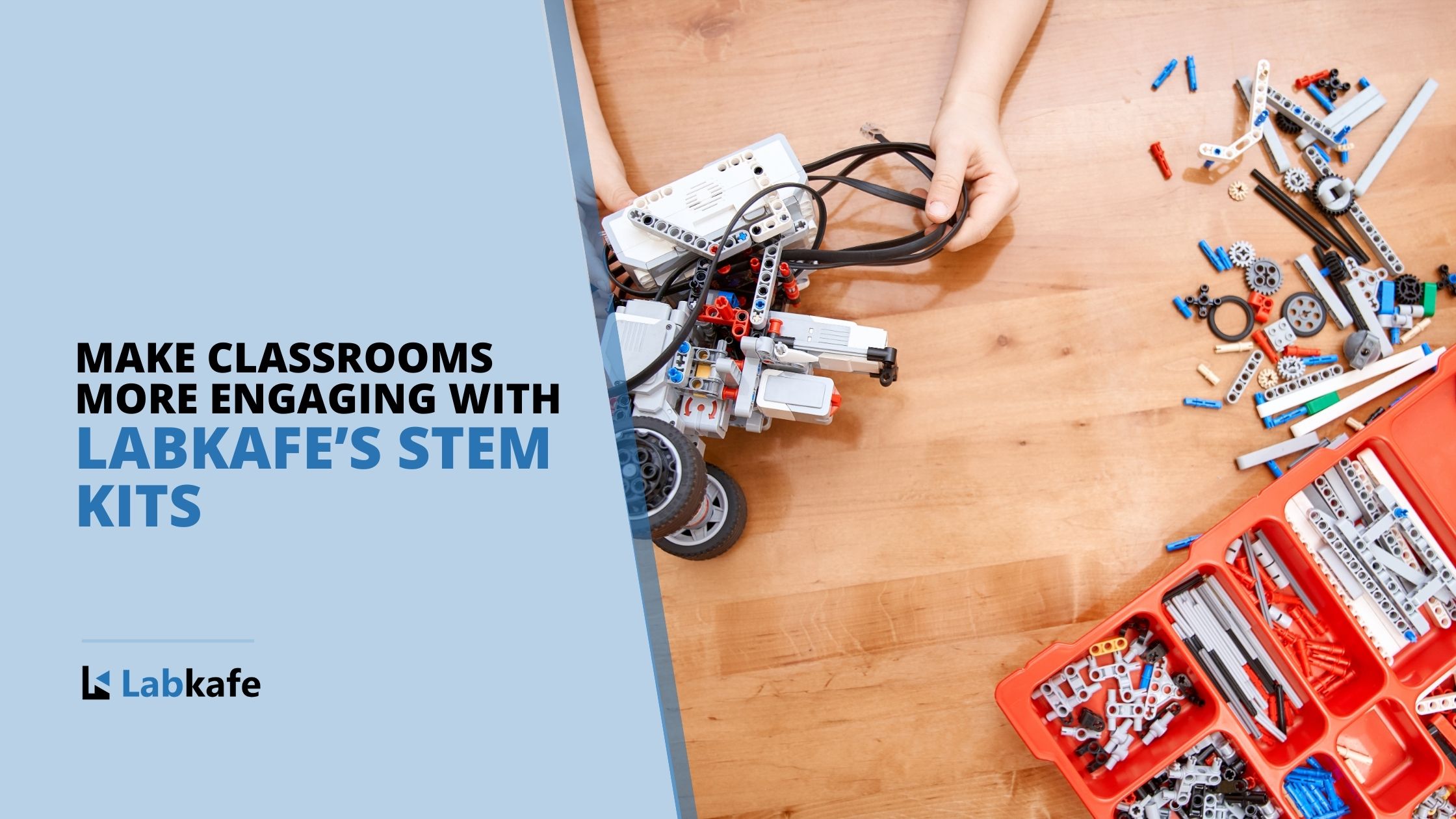
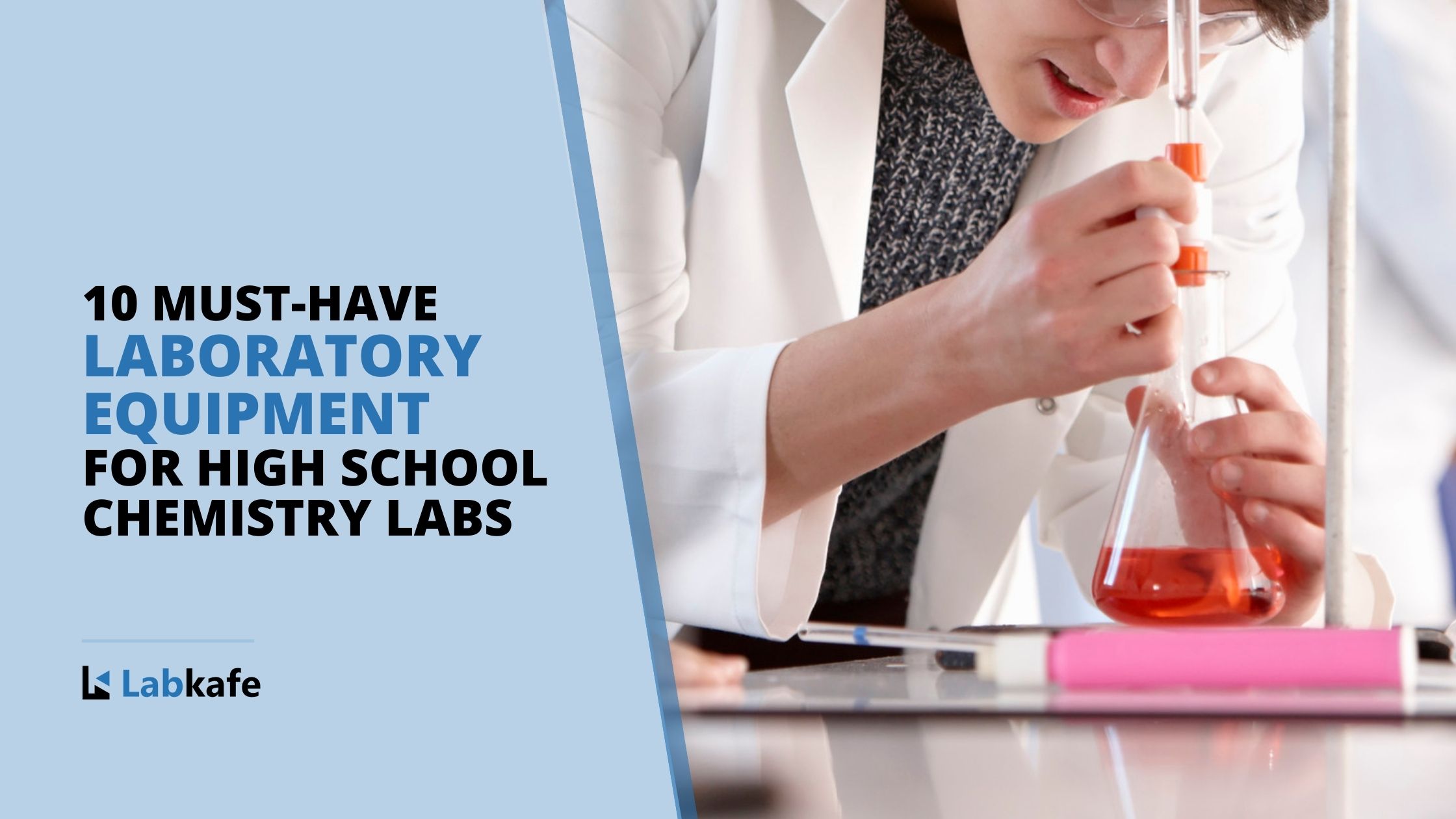
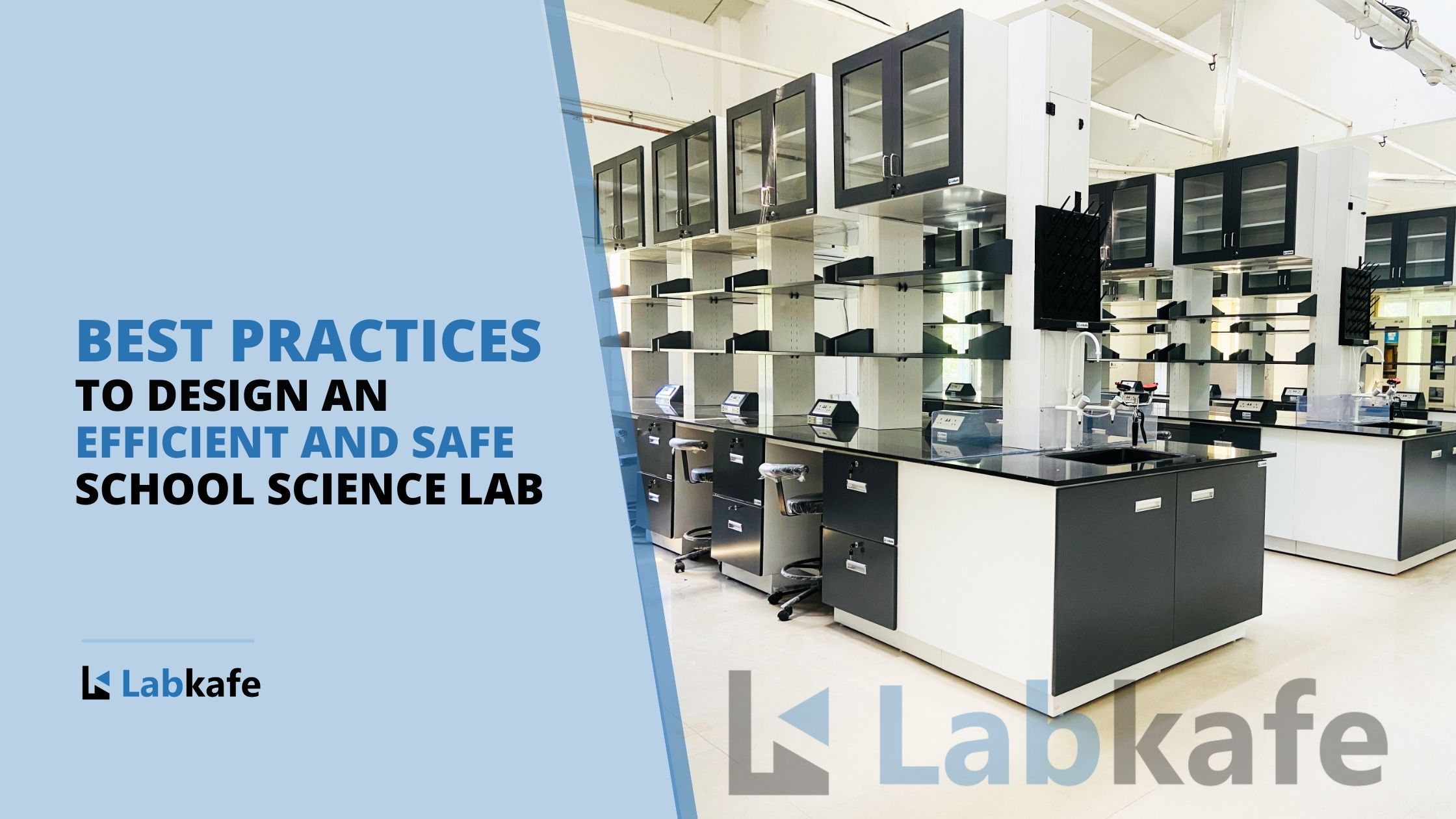
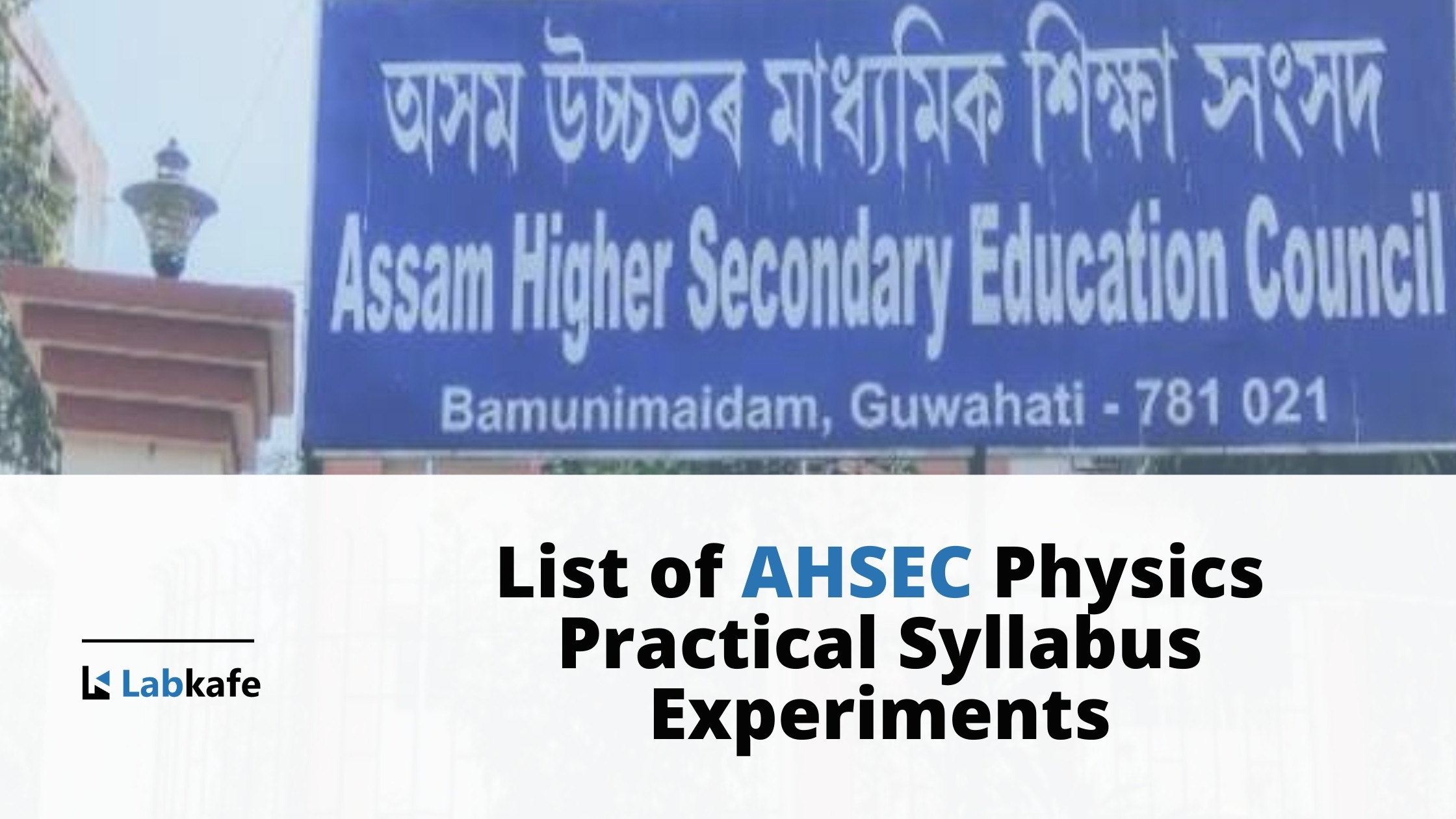
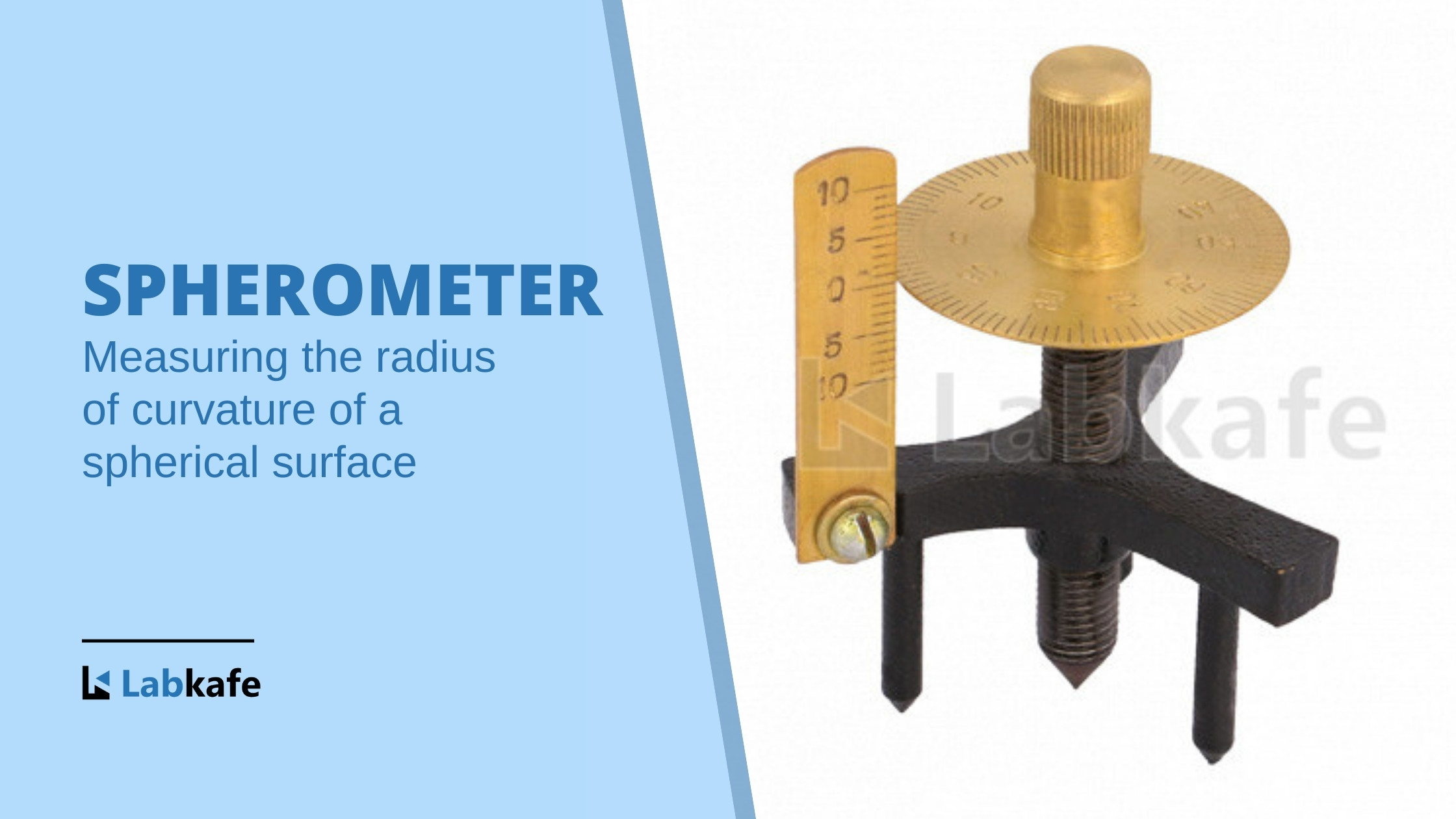
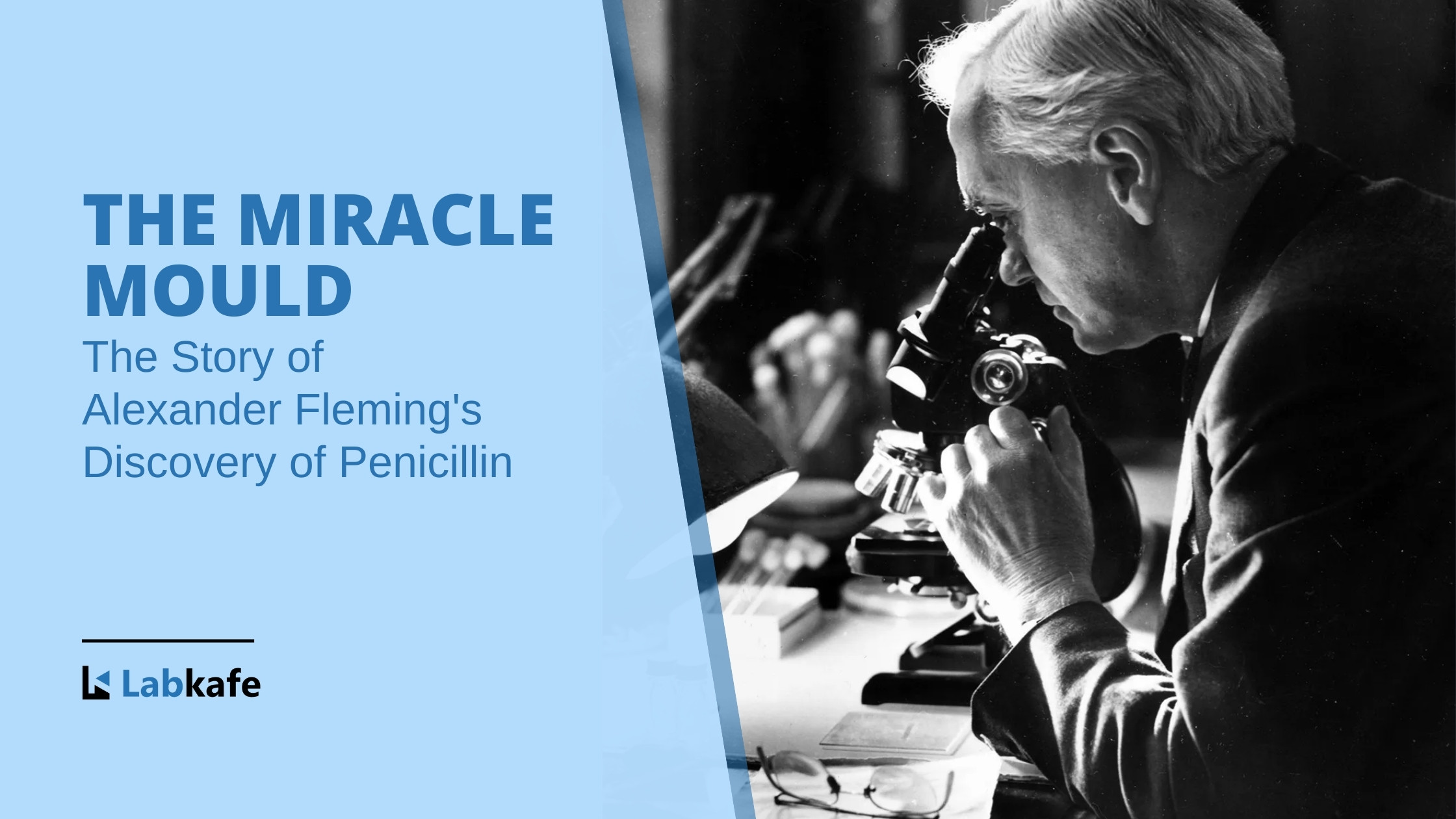

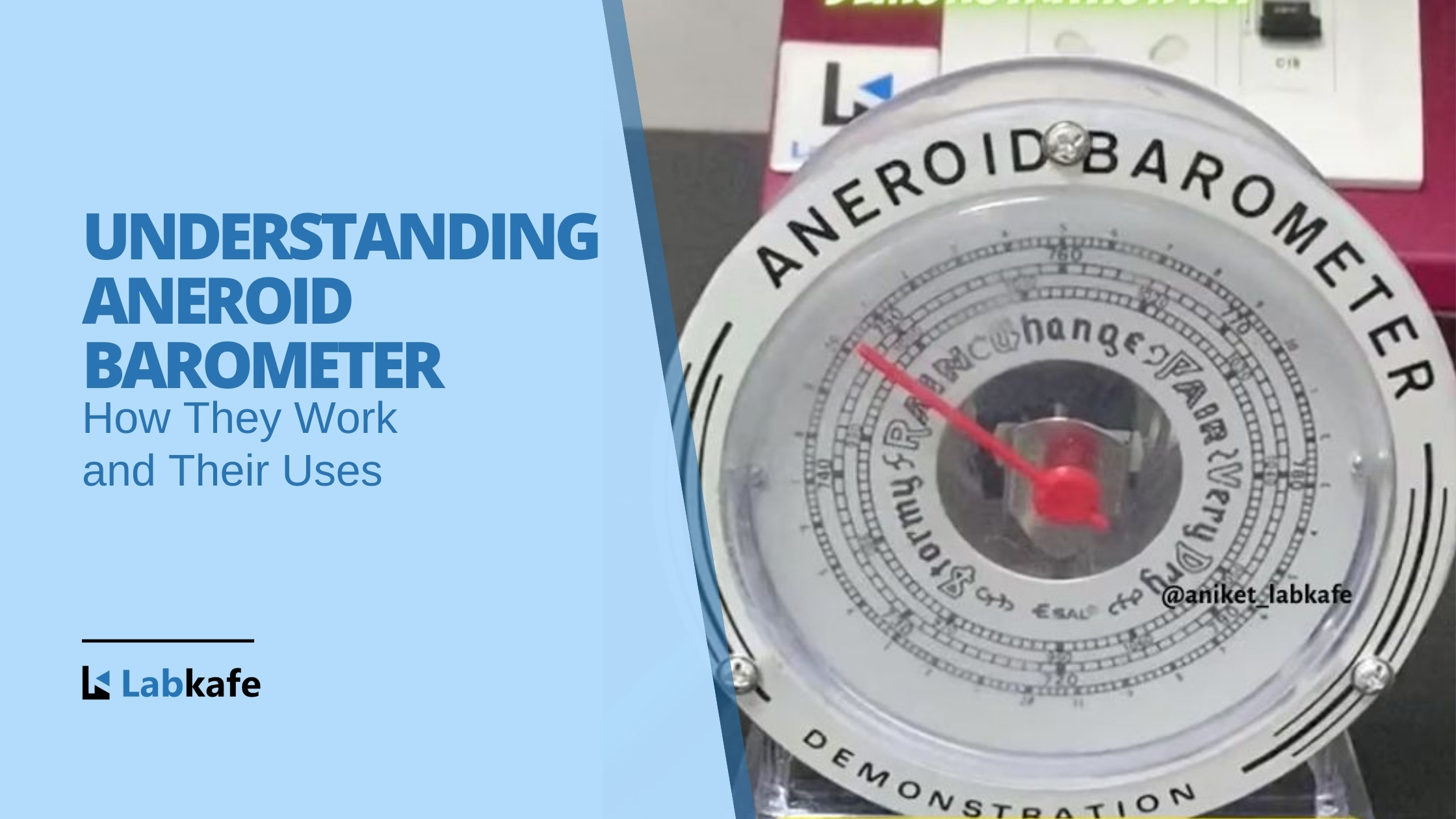
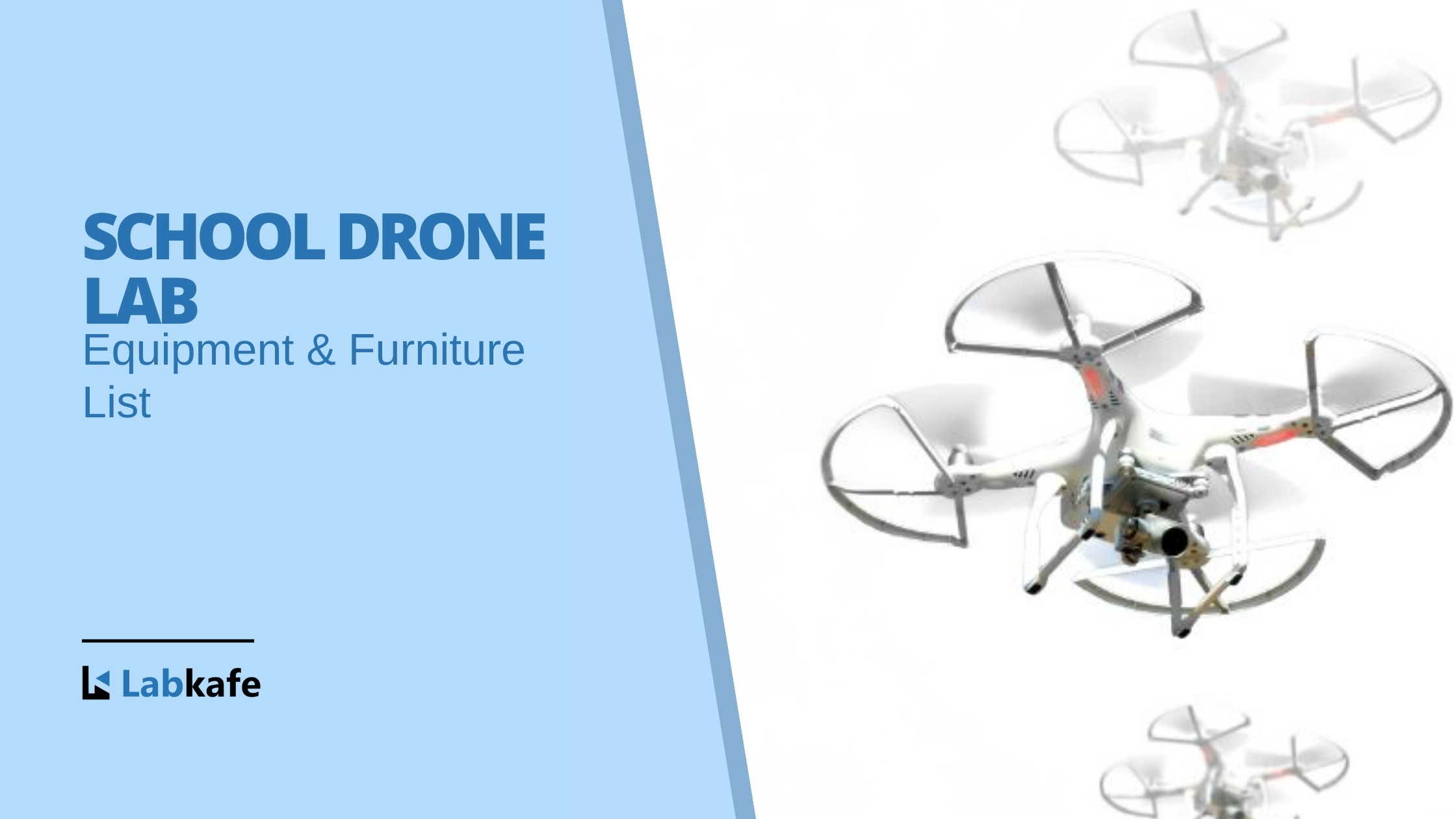
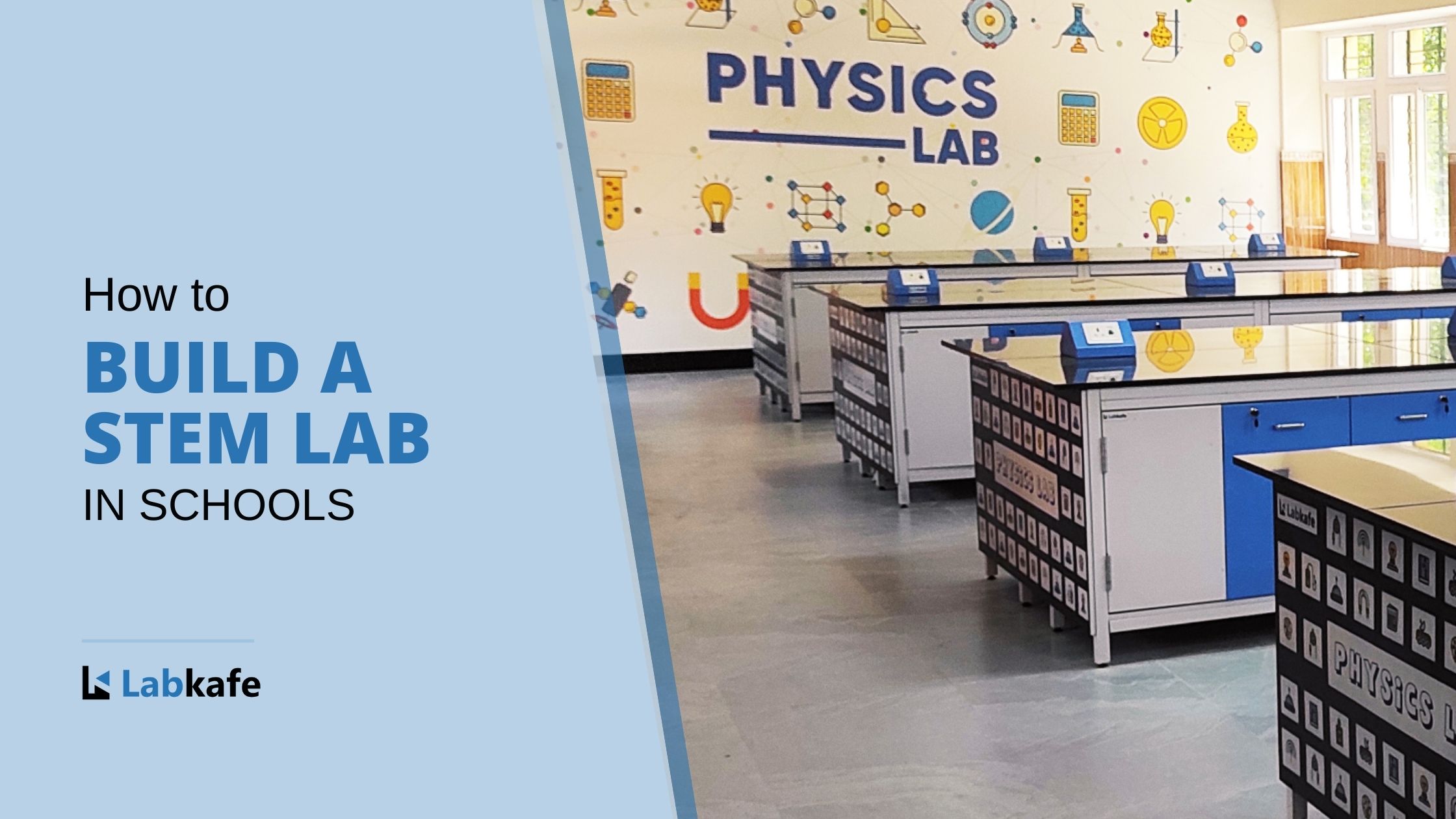
Leave a Reply